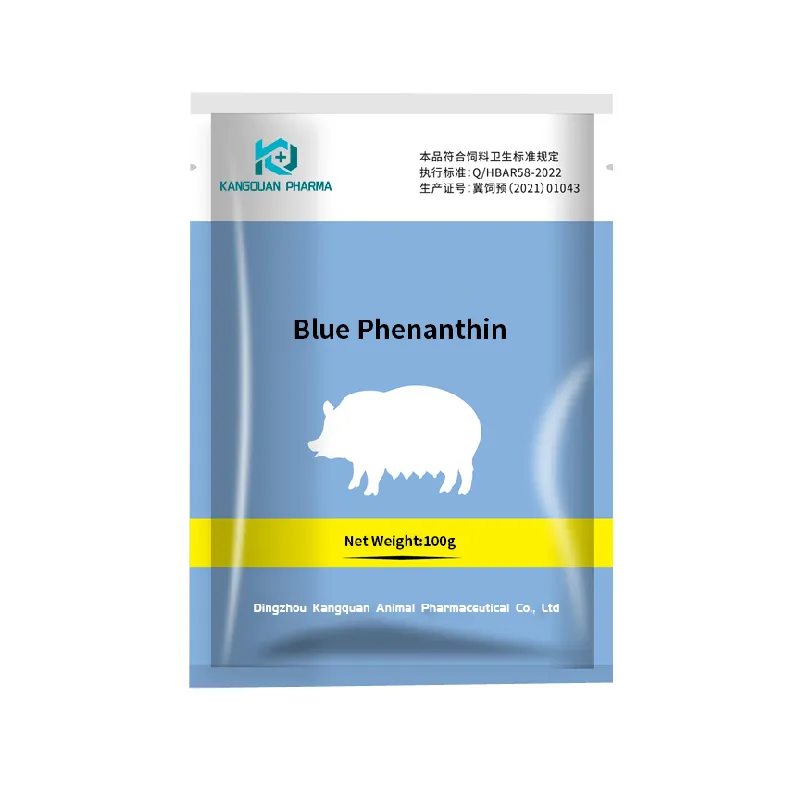- Afrikaans
- Albanian
- Amharic
- Arabic
- Armenian
- Azerbaijani
- Basque
- Belarusian
- Bengali
- Bosnian
- Bulgarian
- Catalan
- Cebuano
- Corsican
- Croatian
- Czech
- Danish
- Dutch
- English
- Esperanto
- Estonian
- Finnish
- French
- Frisian
- Galician
- Georgian
- German
- Greek
- Gujarati
- Haitian Creole
- hausa
- hawaiian
- Hebrew
- Hindi
- Miao
- Hungarian
- Icelandic
- igbo
- Indonesian
- irish
- Italian
- Japanese
- Javanese
- Kannada
- kazakh
- Khmer
- Rwandese
- Korean
- Kurdish
- Kyrgyz
- Lao
- Latin
- Latvian
- Lithuanian
- Luxembourgish
- Macedonian
- Malgashi
- Malay
- Malayalam
- Maltese
- Maori
- Marathi
- Mongolian
- Myanmar
- Nepali
- Norwegian
- Norwegian
- Occitan
- Pashto
- Persian
- Polish
- Portuguese
- Punjabi
- Romanian
- Russian
- Samoan
- Scottish Gaelic
- Serbian
- Sesotho
- Shona
- Sindhi
- Sinhala
- Slovak
- Slovenian
- Somali
- Spanish
- Sundanese
- Swahili
- Swedish
- Tagalog
- Tajik
- Tamil
- Tatar
- Telugu
- Thai
- Turkish
- Turkmen
- Ukrainian
- Urdu
- Uighur
- Uzbek
- Vietnamese
- Welsh
- Bantu
- Yiddish
- Yoruba
- Zulu
9 月 . 02, 2024 00:12 Back to list
Amoxicillin Dosage in Cattle
Amoxicillin Dose in Cattle Guidelines and Considerations
Amoxicillin is a widely used antibiotic in veterinary medicine, particularly in the treatment of bacterial infections in livestock, including cattle. Its effectiveness against a range of bacteria makes it a valuable tool in managing health issues in cattle. However, the appropriate dosing and administration of amoxicillin are critical to ensure both the health of the animals and the safety of food products derived from them.
Understanding Amoxicillin
Amoxicillin belongs to the penicillin class of antibiotics and is known for its broad spectrum of activity. It is effective against various Gram-positive and some Gram-negative bacteria. Common infections treated with amoxicillin in cattle include respiratory diseases, mastitis, and other soft tissue infections. The antibiotic works by inhibiting bacterial cell wall synthesis, ultimately leading to cell lysis and death.
Importance of Accurate Dosage
Determining the correct dose of amoxicillin is essential for effective treatment. Factors influencing dosage include the type and severity of the infection, the age and weight of the cattle, and the overall health status of the animal. Generally, the recommended dose for cattle is between 10 to 20 mg per kilogram of body weight, administered once or twice daily. However, veterinarians often adjust this based on individual cases.
Overdose can lead to toxicity, while underdosing may result in treatment failure and the potential development of antibiotic-resistant bacteria. Therefore, it is crucial for cattle producers and veterinarians to follow established guidelines and protocols when administering antibiotics.
amoxicillin dose in cattle

Administration Methods
Amoxicillin can be administered in various forms, including injectable solutions, oral powders, and pellets. The choice of administration method may depend on the specific circumstances, such as the nature of the infection and the ease of giving medication to cattle. Injectable forms are often preferred for acute infections, as they provide quick absorption and faster therapeutic effects. Oral formulations can be used for less severe cases or in situations where injection is not feasible.
Withdrawal Times and Food Safety
One key consideration when using antibiotics in food-producing animals is the withdrawal time - the period that must elapse after the final dose before the animal can be sent to slaughter for human consumption. Amoxicillin usually has a withdrawal period of about 4 to 5 days, but producers must consult guidelines specific to the formulation used and adhere strictly to these regulations. Ensuring compliance with withdrawal times is essential to prevent antibiotic residues in meat and milk, protecting consumer health and maintaining market access for cattle products.
Conclusion
The use of amoxicillin in cattle has significantly improved disease management in veterinary practice. However, with the rise of antibiotic resistance, responsible use is more important than ever. By ensuring accurate dosing, appropriate administration, and adhering to withdrawal guidelines, cattle producers can safely utilize amoxicillin to promote animal health while safeguarding food safety. Consulting with a veterinarian when initiating treatment is crucial for achieving the best outcomes in cattle health and productivity.
-
The Power of Radix Isatidis Extract for Your Health and Wellness
NewsOct.29,2024
-
Neomycin Sulfate Soluble Powder: A Versatile Solution for Pet Health
NewsOct.29,2024
-
Lincomycin Hydrochloride Soluble Powder – The Essential Solution
NewsOct.29,2024
-
Garamycin Gentamicin Sulfate for Effective Infection Control
NewsOct.29,2024
-
Doxycycline Hyclate Soluble Powder: Your Antibiotic Needs
NewsOct.29,2024
-
Tilmicosin Premix: The Ultimate Solution for Poultry Health
NewsOct.29,2024













